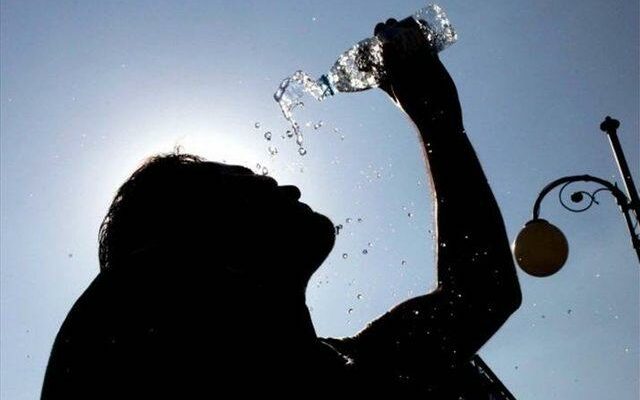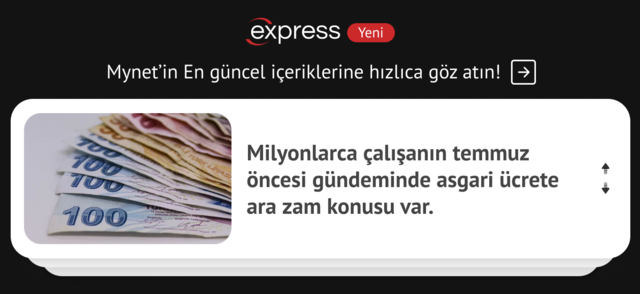Specialist stated that heat stroke (hyperthermia), which is frequently encountered with the arrival of the summer period, is an important discomfort and the necessary precautions should be taken. Dr. Özkan Akyol gave information about heat stroke that occurs with the arrival of summer days.
Talking about what heat stroke is, Specialist. Dr. Özkan Akyol said, “Hyperthermia, also known as heatstroke or sunstroke, is the name given to the condition in which the individual’s body overheats due to insufficient heat regulation mechanisms, usually as a result of long-term exposure to high temperatures, long-term or intense physical exertion, or drug use. Heat stroke, one of the most severe and serious types of heat-related injuries, can occur when the human body temperature rises to 40 C or above. Heat stroke requires immediate treatment and intervention. Untreated heatstroke can quickly cause permanent damage to an individual’s brain, heart, kidneys, and muscle tissue. “Delaying treatment aggravates the damage and increases the risk of serious complications or death,” he said.
“CORRECT FIRST INTERVENTION IS VERY IMPORTANT”
Expert underlines that it is important to understand the symptoms of heat stroke correctly. Dr. Akyol said, “Some disorders occur as a result of the body temperature not being regulated as a result of high temperatures and humidity. Symptoms of heatstroke are: muscle cramps, weakness, fatigue, dizziness, behavioral disturbance, irritability, pale and hot skin, profuse sweating (which decreases later), stomach cramps, vomiting, nausea, loss of consciousness, hallucination, rapid pulse. The patient is taken to a cool and airy place. Clothes are removed. Lying on your back, arms and legs are elevated. If there is no nausea and consciousness is clear, drink 1 liter of water, 1 teaspoon of baking soda, 1 teaspoon of salt, a mixture of liquid or soda to compensate for water and salt loss. Accessories that protect against sunlight, especially sunglasses and umbrellas, should be used. Light-coloured and lightweight clothing that is suitable for seasonal conditions and does not cause sweating should be worn. Plenty of liquid should be consumed. The body should be kept clean. Adequate amounts of food should be taken at each meal. Unnecessary and unconscious medication should not be used. Avoid staying in direct sunlight. “Care should be taken to ventilate closed spaces at regular intervals,” he said.
TREATMENT WAYS
Referring to hyperthermia treatment, Specialist. Dr. Akyol said, “Heatstroke treatment focuses on cooling the body to a normal temperature as soon as possible to prevent or reduce damage to the individual’s brain and vital organs. The individual is immersed in cold water. It has been scientifically proven that a cold or ice water bath is the most effective way to quickly lower body temperature. The sooner an individual comes into contact with cold water, the less risk of death and organ damage there is. When cold water immersion is not possible, healthcare professionals may attempt to lower body temperature using evaporation. By evaporating cold water on an individual’s body, it can cool the skin. Ice packs or special cooling blankets can be used to lower an individual’s body temperature. Ice packs can be placed especially on the groin, neck, back and armpits. In cases where tremors occur, medication may be given to stop the tremors. If treatments to lower body temperature cause the individual to shiver, the doctor may prescribe a muscle relaxant. “Under normal conditions, shivering is a reaction of the individual to increase body temperature, and in case of hyperthermia, it may make the treatment less effective,” he said. (UAV)

